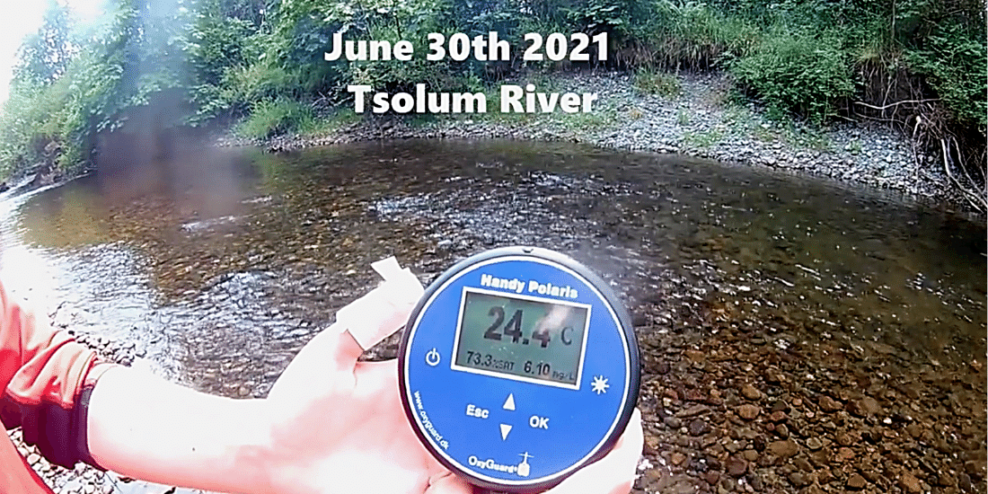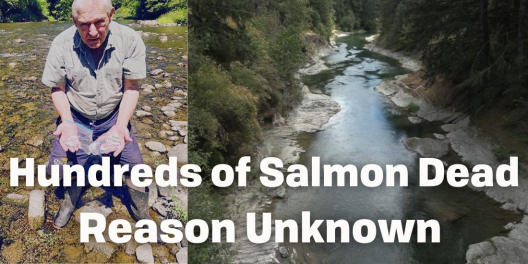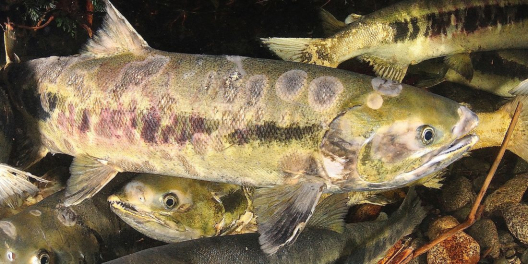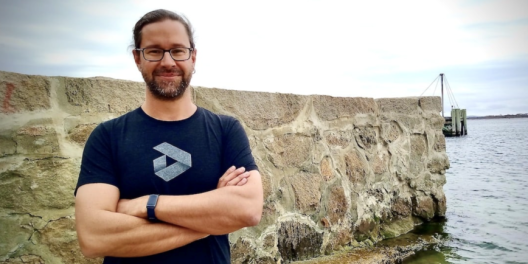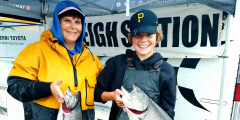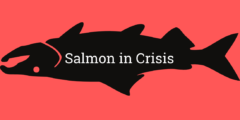The recent heatwave caused water temperatures in the lower Tsolum River to spike to 27 C, killing young coho salmon. These temperatures are well above the limit for salmon survival.
Young coho fry had to scramble to find pools of cooler water where they could hold until the heatwave passed. Though more tolerant of warm water than juvenile and adult salmon, Fry can also die if the stream gets too hot.
While temperature records were being smashed across the Island, Tsolum River Restoration Society program coordinator Caroline Heim was in the river with hip waders mapping these cooler pools – or “thermal refugia” – to better understand what young salmon need to survive a hot spell.
The Tsolum River has made a long and slow recovery from the damage caused by the Mount Washington Copper Mine. The ill-conceived mine operated for just a few years in the 1960s before going bankrupt. But the environmental impact didn’t stop when the mine shut. Acidic run-off from mine waste trickled into Tsolum River tributaries, poisoning the river and making it uninhabitable for fish.
It took decades for biologists to figure out a solution for containing the run-off and for activists to help clean it up, which eventually led to fish returning to the river.
But the challenges of salmon survival in a changing climate are adding up.
Copper mine run-off isn’t the only threat facing this river. The latest risk is the rising water temperature from climate change. Farm run-off and water irrigation licences also stress a river that already faces low water levels in the summer and early fall.
The combination of low flows and a warming climate that resulted in the unprecedented heatwave at the end of June spells more deadly trouble for salmon in the Tsolum River and most Vancouver Island streams and rivers.
To learn more about the Tsolum River and what community volunteers are doing, go to: http://www.tsolum.org

